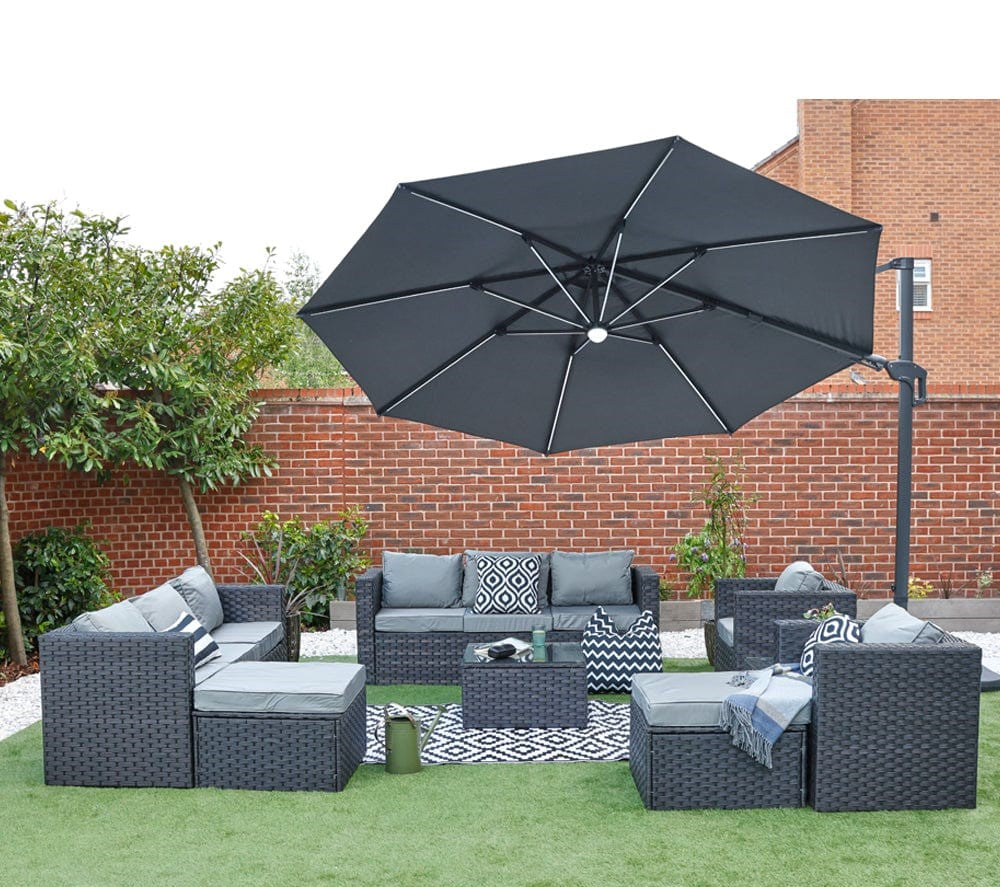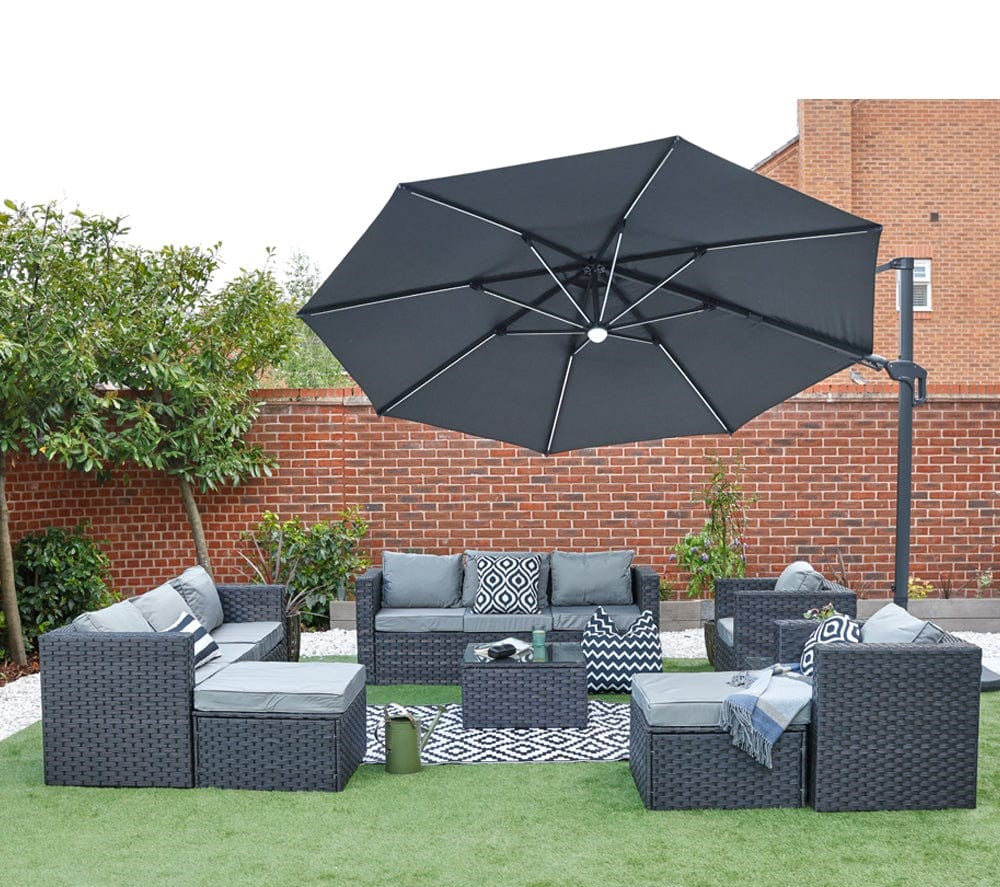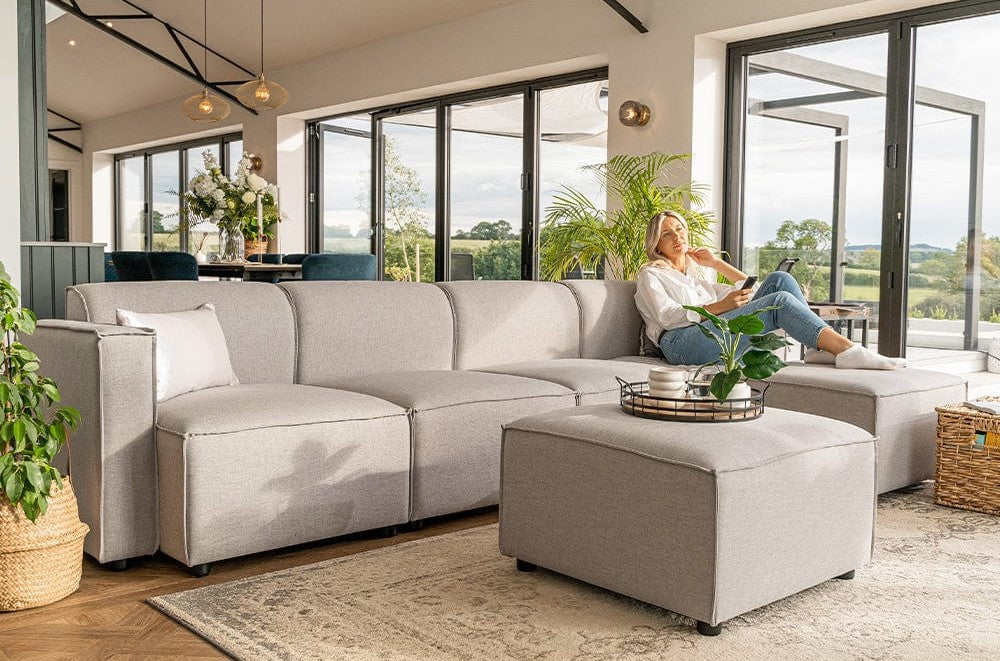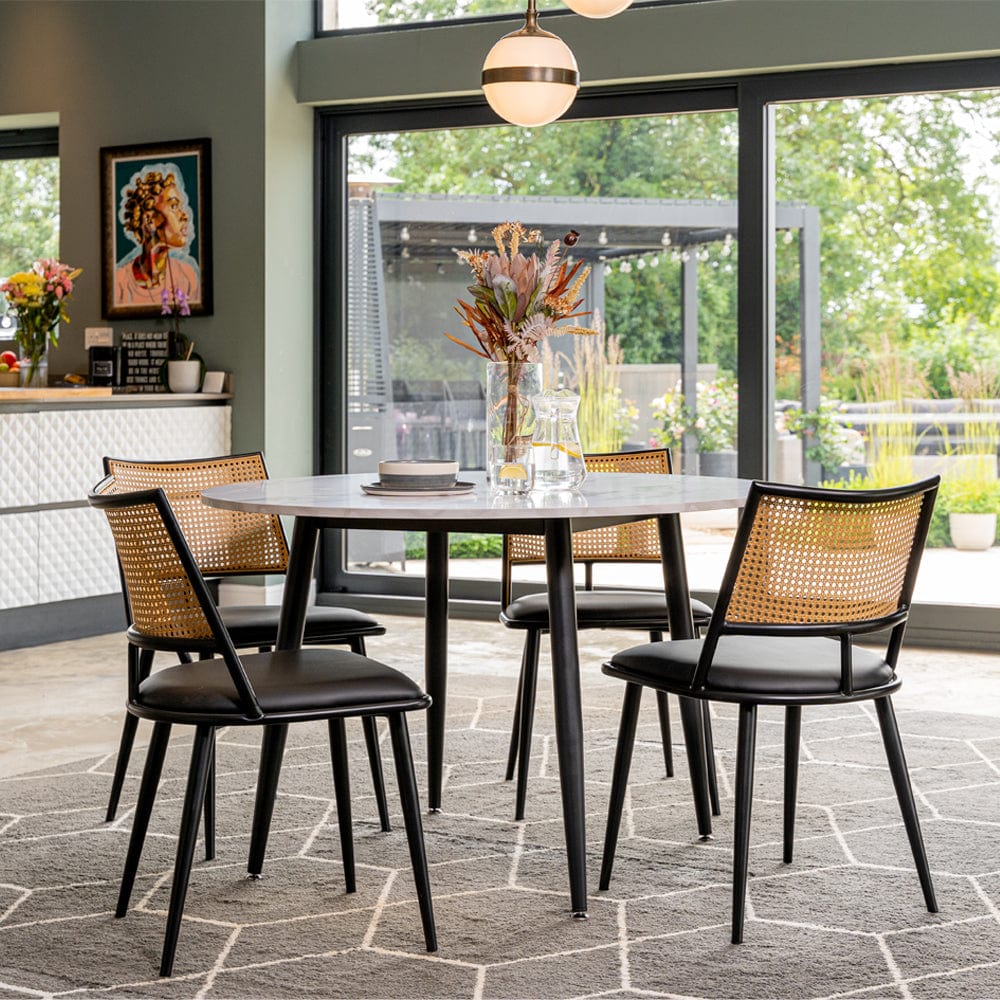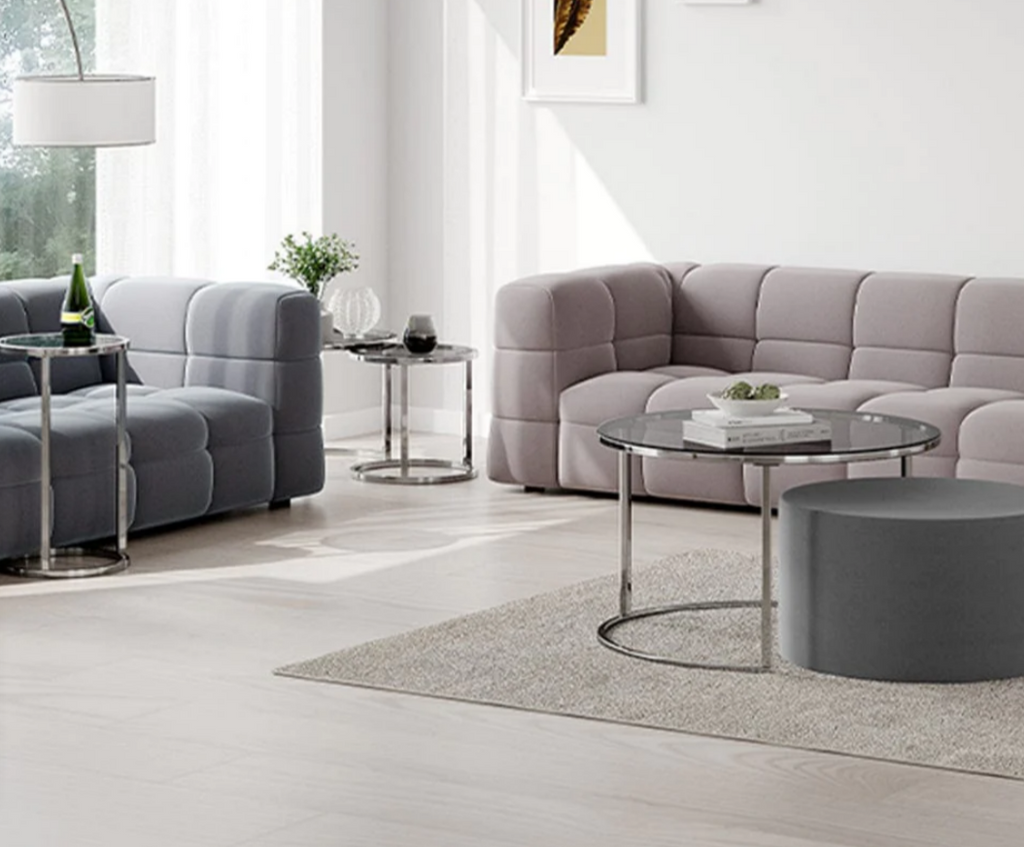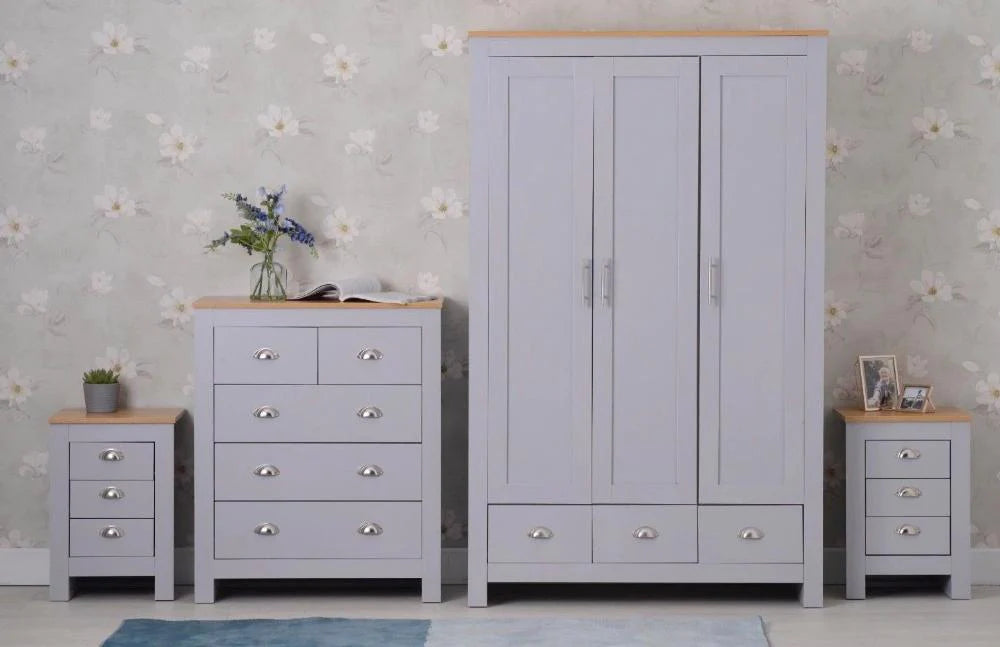Rattan Furniture Style History and Trends
The history of rattan furniture is far more involved and intricate than you may imagine. Also, if you thought it may have been something that is relatively new, then you would be wrong.
The Origins of Rattan Furniture
Rattan furniture can have its origins traced back to Ancient Egypt. We actually have ancient tombs to thank for this, as wicker furniture was discovered buried alongside Egyptian Pharaohs.
However, we do not get the name from some ancient source. Instead, the term 'wicker' is actually from languages in Scandinavia. It is believed to come from two words. First, there is 'wika' which translates roughly as 'to bend' alongside the word 'vikker' which translates as 'willow'.
Since its origins back in Egypt, wicker furniture saw its popularity move throughout the ancient world, including the Romans and across the civilizations of the Ancient Near East.
But while it remained somewhat popular over the centuries, including wicker furniture appearing in America on the Mayflower, it saw a real renaissance in Victorian times.
That popularity has never really waned since the 19th century. With the rise of synthetic wicker and rattan in the 2000s, it is now as popular as ever thanks to the option of having wicker furniture outdoors.
How it is Made
Before delving into how it is made, we need to clarify the difference between wicker and rattan. Wicker refers to the end piece of furniture. Rattan refers to the natural material used to then construct that patio furniture.
But the way in which wickerwork armchairs or any other item is made is easy to follow. First, a strong frame, today often made of metal such as aluminium, is used as the base. That gives the item a strong inner core. After that, the natural rattan is woven over the top of the frame to give your modern furniture its finished look.
Where it is Made
While rattan furniture has clearly been manufactured in various countries around the world, a number of pieces are manufactured in certain Asian countries. These countries include Malaysia, the Philippines, Indonesia, and other parts of southeast Asia.
This happens for a reason. These countries have the best climates for rattan, so the items are now effectively made at source before that finished rattan chair or outdoor furniture is then shipped around the world.
Famous Names
At various times, certain names have been responsible for pushing forward the popularity of rattan furniture. Without them, it's impossible to state where natural rattan furniture would be in the world.
A name such as the Wakefield Company is a good example. Named after Cyrus Wakefield, he was responsible for taking wicker products to a whole other level in the United States, and all by accident. In fact, he saw rattan being used as a by-product to stop other products moving around while being shipped, but he didn't plan on throwing the rattan away.
Instead, he took it home, wrapped it around a chair, and sold it. The Wakefield Company was born, and it wasn't long until other companies also saw the possibilities. That led to competition between the Wakefield Company, and primarily the Heywood Brothers. Thanks to both companies, wicker furniture was found not only as garden furniture, but also in the living room of homes across early America.
Designs & Trends
While furniture, and interior decor in general, follows designs and trends, the shape and style of this furniture still follows the same approach, with a few tweaks along the way. Don't think that your outdoor furniture is the same as items that were being designed 100 years ago. Now, wicker furniture takes on more of a modern trend, but with a nod to its traditional days included.
However, the trends are more closely related to the different items created using rattan. The Romans were known to closely copy the Egyptians when it came to furniture manufactured from rattan, but things had changed by the 17th century.
By then, the main focus was on using wicker for baby furniture, including cribs. This was a new change, but the overall techniques remained the same.
After that, the main focus with the design was for items of furniture to be elaborate in style and finishes. Detailing on items had to be intricate. There was a taste for things to be slightly more 'out there' compared to other furniture of the time.
Now, a number of pieces of rattan furniture do still contain those intricate details from the Victorian era, but that's not all. Modern styles are slicker and stylish, while often being easier on the eye for some.
But behind it all lie the same principles that have always existed. A strong base wrapped in tightly woven rattan to produce a functional and wonderful piece of furniture.
Why is Rattan Furniture So Popular Today?
So why is rattan furniture continuing to be so popular today? While the rise of synthetic rattan has clearly played a part, it's not the only reason.
This furniture is timeless in its appearance. You will instantly recognise it from the moment you set eyes on an item. These items never look tired or old.
This can be seen even in recent years, where 2019 was viewed in decor circles as being the year of rattan. But then, 2021 was also viewed as the year of rattan. It's just something that people never fall out of love with, thanks to its versatility, comfort, and practicality. The fact it looks so good is merely a bonus.
So that is an extremely brief recap of the history of wicker. It is clearly far more involved than we can cover here, but don't forget you are using a style of furniture that stretched back to Ancient Egyptian times. That alone is impressive, and if you thought it was simply some old basket weaving technique, then think again. Rattan is modern, cool and something that is not going to look out of place in your home.
